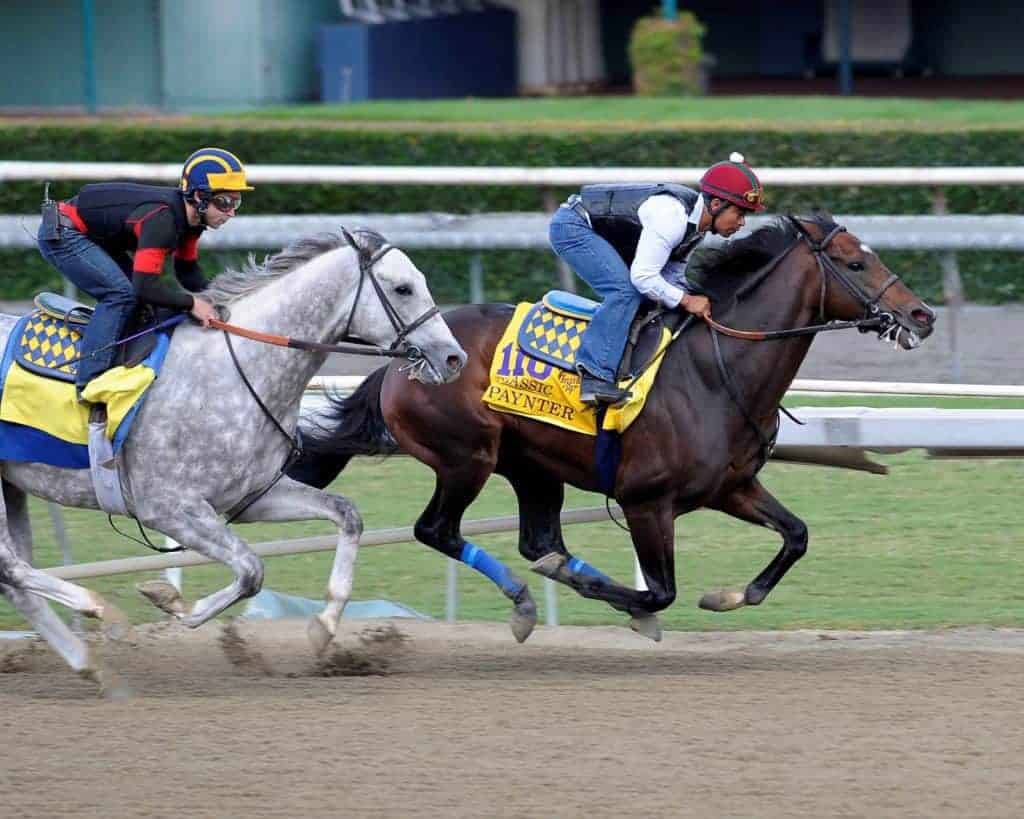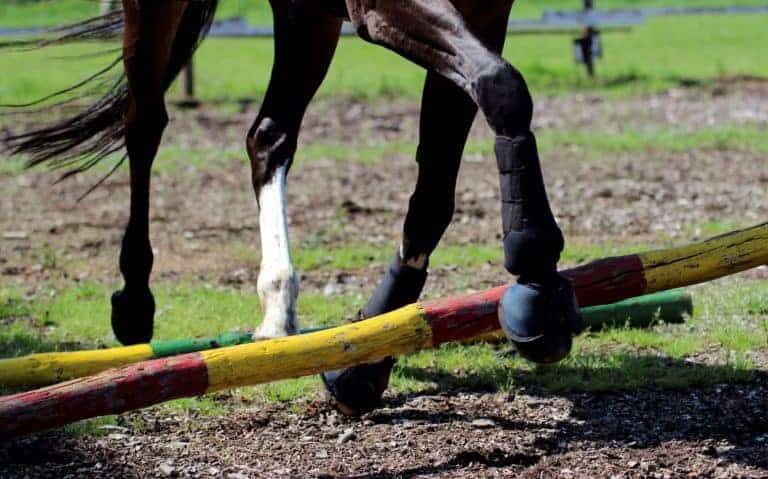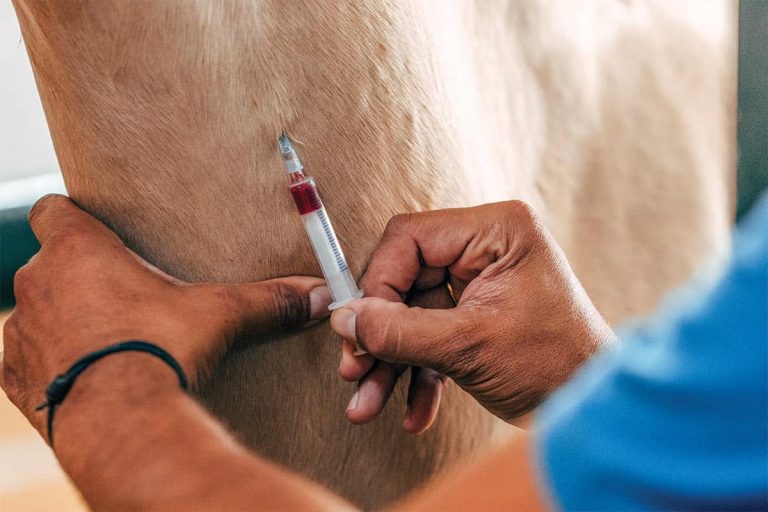
Veterinarian-Farrier Team Key to Managing Laminitic Horses
Managing a horse with chronic laminitis is hardly a one-man job. Both veterinarian and farrier expertise is required to rehabilitate and maintain these horses’ feet for the best possible outcome.



























